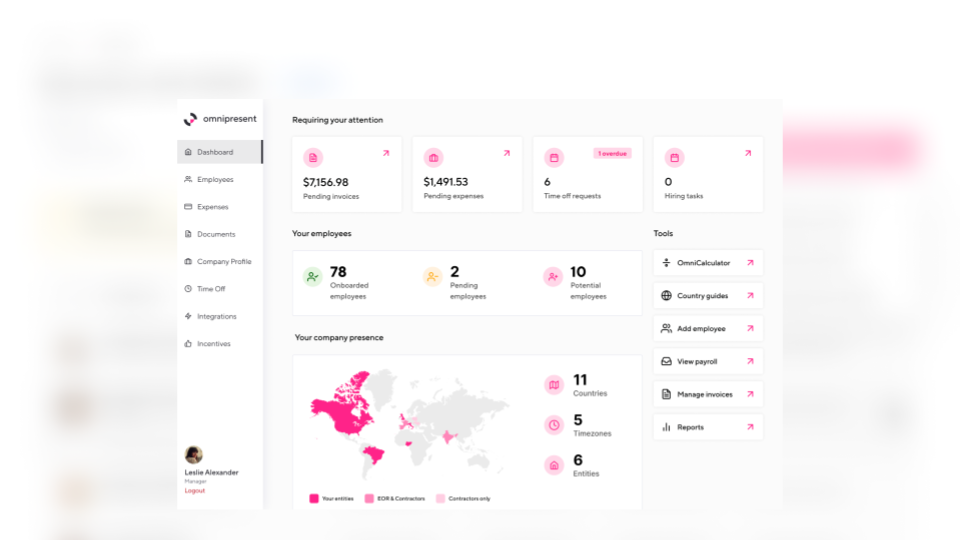Role: Head of Product Design, Research and Service Design
Company: Omnipresent
Initiative: Structuring Customer Feedback at Omnipresent
The Challenge
At Omnipresent, feedback from customers and internal teams was scattered across multiple channels. This created frustration, made insights hard to act on, and left employees without visibility into how product decisions were being made. My goal was to bring structure and transparency to this process.
The Approach
I began by interviewing colleagues across Customer Success, Sales, People, Finance, Payroll, and Marketing to understand how they shared feedback and received product updates. Key themes emerged:
* The monthly Product Digest wasn’t relevant to all teams.
* Roadmaps were too complex and inaccessible.
* Feedback and requests flowed in through too many formats and channels, with no clear way to track progress.
* Roadmaps were too complex and inaccessible.
* Feedback and requests flowed in through too many formats and channels, with no clear way to track progress.
Working with the VP of Product and senior stakeholders, I mapped the current state and designed a new, standardised feedback process.
The Solution
We launched Canny.io as the central hub for capturing feedback and tracking requests. This gave every team a single, transparent place to submit ideas and follow their progress. Alongside Canny, we aligned supporting tools:
* TheyDo for journey mapping and service design.
* Dovetail for research analysis and insights.
* Notion for roadmaps, product requirements, and demos.
* Dovetail for research analysis and insights.
* Notion for roadmaps, product requirements, and demos.
These tools were opened up company-wide, so anyone could see the status of their requests and how insights were shaping priorities.
The Impact
* Internal teams now had clarity on where to submit feedback and how it was being used.
* Product squads gained structured inputs to inform prioritisation.
* Roadmaps became more digestible and accessible to staff and customers.
( Transparency improved trust and engagement across departments.
To launch, I introduced Canny at an all-hands meeting with a simple message:
“This is the place to start a conversation with Product. Share the problem you see, and we’ll work with you to find the right solution.”
This initiative transformed how Omnipresent collected, prioritised, and communicated feedback—building stronger alignment between teams and ultimately creating more customer-focused outcomes.






